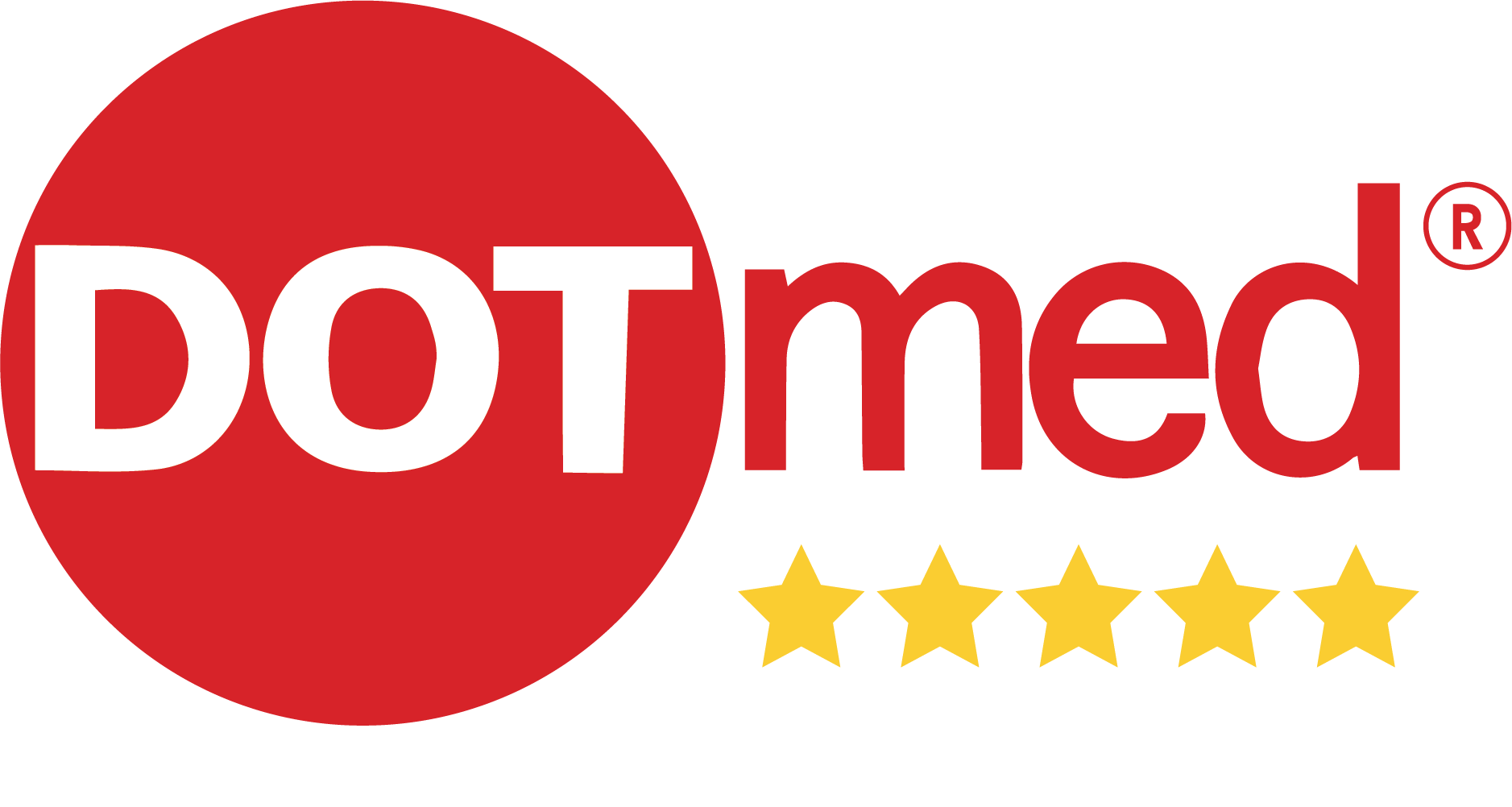An imaging solutions leader like Altima talks with a variety of imaging centers in its management of magnetic resonance imaging and computerized tomography systems. Over the years, we’ve learned that no two purchase inquiries are the same because each practice has its own goals and objectives. Based on our experience, we’ve put together this guide to buying and selling MRI systems. With any major equipment purchase, it begins with articulating your practice’s needs.
Questions to Think About Before Buying an MRI
There are many makes and models of MRIs, and many nuanced requirements of them. It’s important for purchasers to meet with their scanning teams and learn their needs and nice-to-haves before contacting a vendor. When you talk to your team, ask them these questions:
- What type of imaging system do you want?
- What studies do you plan on doing with the system?
- What is driving your desire for a system? Is it cost or quality?
- Where will you locate the system?
- How much do you plan to spend?
- Do you need a high-quality or low-quality scanner?
- Who will service the MRI or CT?
- How long do you plan to operate the equipment?
Once your team’s answers are documented, you can enter a marketplace (knowledgeable and ready to ask questions) bursting with new and previously owned MRIs and CTs. To meet your objectives, here are the general guidelines of purchasing.
Guide to buying and selling MRI systems:
Buying an MRI System
As you send out RFIs and RFPs to vendors, there are four considerations when making a purchasing decision.
#1 – Technical specifications
Your team’s first decision is whether to acquire a 1.5T or a 3.0T MRI system. The 3.0T offers higher resolution and more scanning capabilities, such as extremities, prostate and neurological imaging.
Should the simpler 1.5T system meet your needs, you will next need to choose between a closed or open system. You’ll need to decide how long a scan you can accept, since open scanners need more imaging time. Naturally, the faster and more versatile the equipment, the higher the price tag.
Another spec to consider in your MRI selection is the software. What are your practice’s capabilities, and do you plan to expand them? What programs can you accommodate, and which will need upgrading? All these factors affect your cost of ownership.
#2 – Installation
Before delivery of your MRI, consult with your site’s facilities management team. As you narrow down your make and model options, inform the team lead what site conditions are required for successful installation of your possible systems. For example, a 3.0T scanner is heavier than a 1.5T, so find out if the location can support the system’s weight. See our rigging and transport post for more installation considerations.

#3 – Refurbished equipment
Many used MRI machines are available for sale from resellers at considerable cost savings, but what is the quality and performance of such systems? Ask the seller how the scanner was reconditioned and what protocols the reconditioner followed to assure safety and reliability.
#4 – Tech support and maintenance
Once you have your scanner installed, there is the matter of aftercare and customer support. Many new MRIs include a 1-year warranty on parts and labor. On the other hand, refurbished systems may include more limited guarantees, such as 30 days. Discuss with your team how much risk you are willing to assume.
At Altima, we can provide a warranty that is customized for you. In addition, with our expert team of engineers we can establish a service contract that meets all of your needs for when your warranty does run out.
Selling Your Medical Imaging Technology
Now let us turn the scenario around 180 degrees. In cases where you wish to sell your MRI or CT, you will need to provide as much detail on the equipment as possible in order to get a fair offer and prevent misunderstandings. Below are three steps when listing imaging equipment.
#1 – Create a spec sheet document
This document will list the scanner’s capabilities. Include plenty of photos of the system from all angles; the buyer will want to see the equipment’s physical condition.
If the system is an MRI, list all the coils and the channels they can scan. You may wish to include photos of the coils. If it’s a CT, describe the condition of the x-ray tube, including its age and whether it is reconditioned.
#2 – List the MRI’s slew rate or CT’s slice count.
Check the owner’s manual for this information if your imaging team cannot supply it. Then list all the software installed, especially non-standard programs that expand the equipment’s utility. The more software included, the more you add to the scanner’s value.
#3 – Take sharp pictures of the asset tags
These tags can be found on the equipment cabinet and console, and will ensure that your potential customers have all of the necessary information to make an informed decision.
Turn to a Diagnostic Imaging Equipment Expert for Advice
No two practices are the same, and the range of imaging equipment for buyers and sellers is vast. While your team can help you define requirements for buying an MRI machine or CT scanner, ultimately the purchase is an executive decision. That’s where guidance from a trusted authority can help you make smart asset choices. This guide to buying and selling MRI systems is just the beginning.
At Altima, we offer 100 years of collective experience working in the medical imaging industry and providing turnkey, imaging equipment solutions for practices of all sizes. Our staff is ready to exceed your requirements technically and financially so you can breathe easier, knowing you made the right choice for your team and customers. Whether you are interested in sales of new or reconditioned systems, or would like an estimate of your existing system’s value, we have an impressive array of options. In every transaction, we are committed to collaborative, communicative relationships with you, your imaging team, and your stakeholders.




